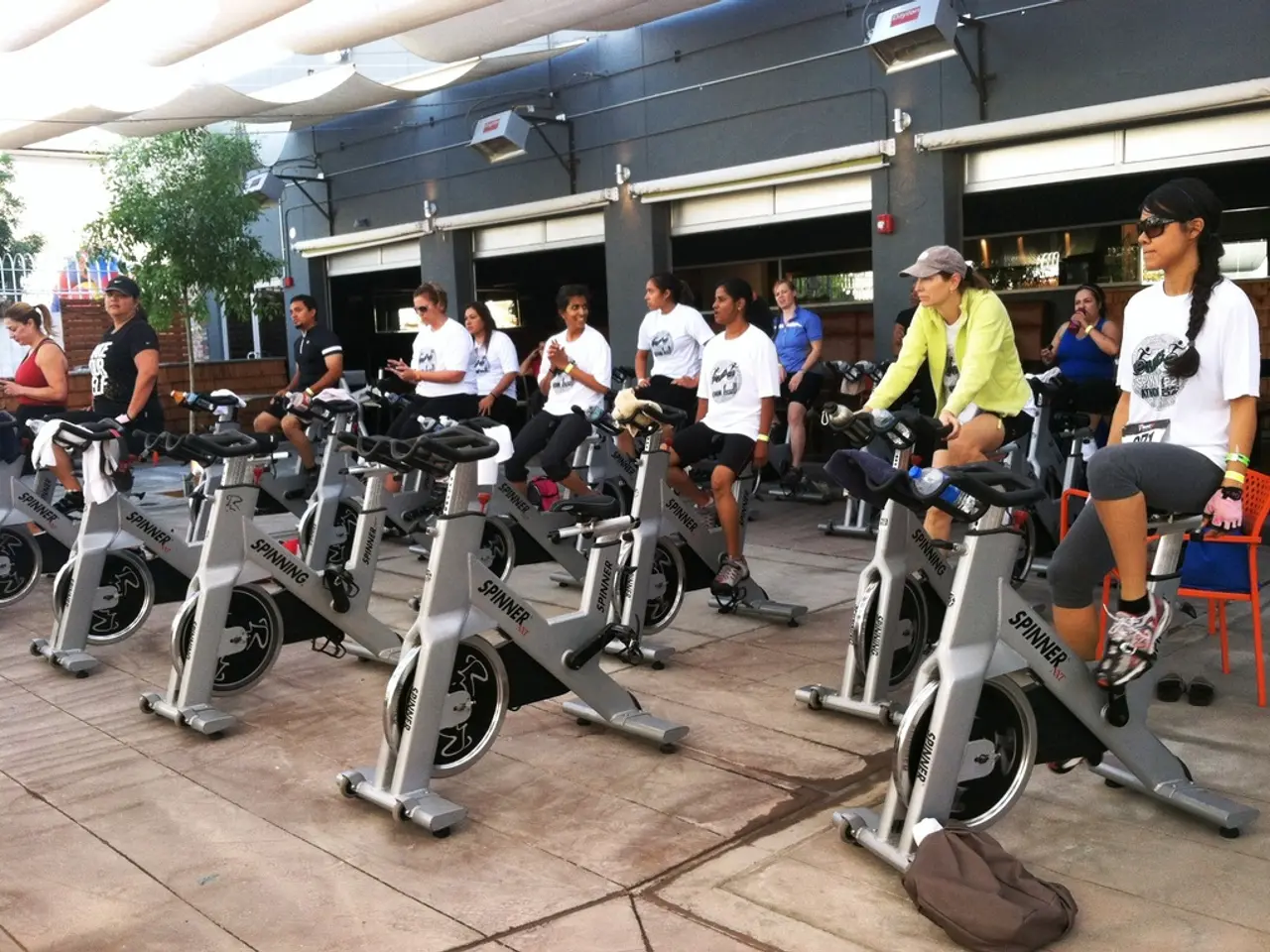Frequent Athletic Mishaps and Why Prompt Healing Matters
In the world of sports, injuries are an unfortunate yet unavoidable reality. However, understanding the causes and implementing preventative measures can significantly reduce the risk of such setbacks. This article will focus on three common injuries - tendonitis, shoulder injuries, and knee injuries - and the strategies for their prevention and treatment.
Tendonitis, a common overuse injury among athletes, affects the tendons that connect muscle to bone. To prevent this condition, it's essential to avoid overuse by incorporating rest periods into training regimens, cross-training, and maintaining flexibility through regular stretching, especially of the affected tendon and surrounding muscles. In the event of tendonitis, initial steps to address the issue include reducing activity levels, applying ice, and incorporating stretching and strengthening exercises.
Shoulder injuries, often due to biomechanical stress, can be prevented through warm-up routines that include dynamic and mobility exercises, strengthening stabilizer muscles, and practicing good technique. Treatment for shoulder injuries typically involves physical therapy to restore strength and flexibility, and in severe cases, medical evaluation for structural damage.
Knee injuries, especially ligament issues like ACL tears, can be prevented with targeted strengthening exercises for the core and lower body, balance training, proper footwear, and correcting movement patterns to reduce joint strain. Treatment varies by injury severity but commonly involves physical therapy for rehabilitation, bracing, and possibly surgery for ligament ruptures.
Across these injuries, key preventative strategies include thorough warm-ups, regular stretching, muscle strengthening (especially core and stabilizers), gradual training progression, proper technique, and wearing appropriate protective gear or footwear to minimize injury risk. Physical therapy plays a crucial dual role in prevention (through personalized exercise programs) and treatment (rehabilitation).
Consulting with healthcare professionals for tailored therapeutic interventions can aid in recovery from these injuries. Preventative measures for fractures primarily involve using proper protective equipment, safe training practices, and avoiding sudden increases in training intensity. Treatment requires immobilization of the fractured bone, pain management, and rehabilitation through physical therapy to restore full function.
In conclusion, understanding the causes of common sports injuries and implementing preventative measures can help athletes maintain their health and performance. By prioritizing warm-ups, stretching, muscle strengthening, and proper technique, athletes can significantly reduce their risk of injury. When injuries do occur, seeking professional advice and undergoing rehabilitation through physical therapy can facilitate a swift and effective recovery.
CBD, often used in the realm of health and wellness, might offer supplemental support for managing the pain and inflammation associated with chronic diseases and medical conditions, including sports injuries.
For fitness enthusiasts, regular exercise and maintaining a balanced fitness routine could potentially prevent the onset of chronic diseases, providing long-term benefits for overall health and wellness.
As a supplement to conventional treatments, CBD has gained interest in the sports industry for its potential role in pain management and recovery from sports injuries, although more research is needed to fully understand its effects.




